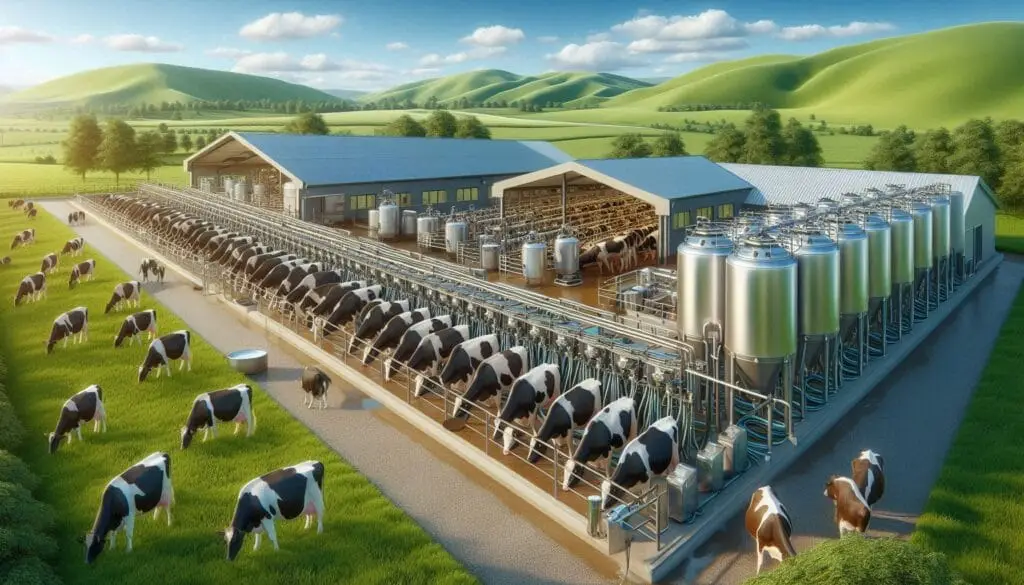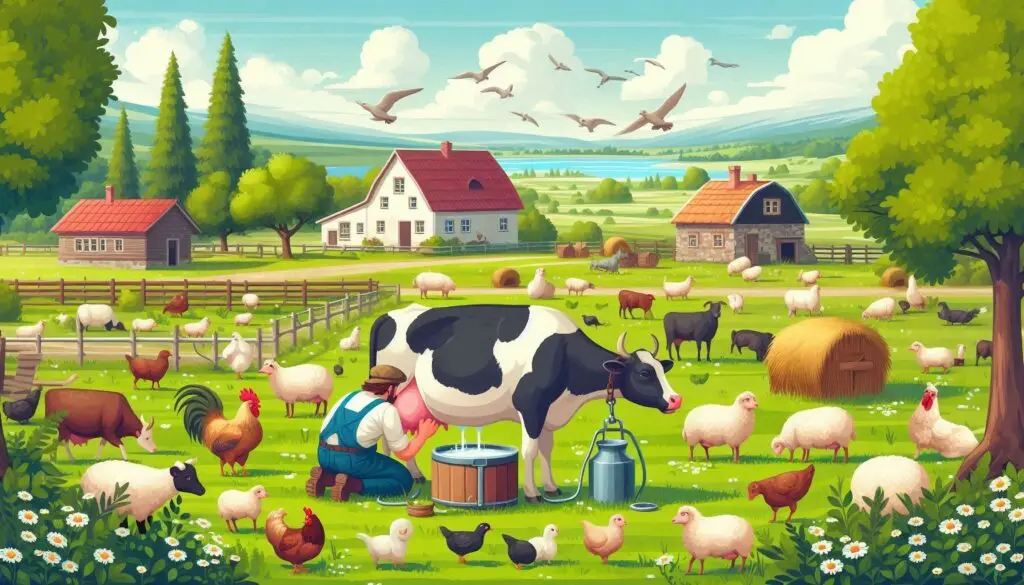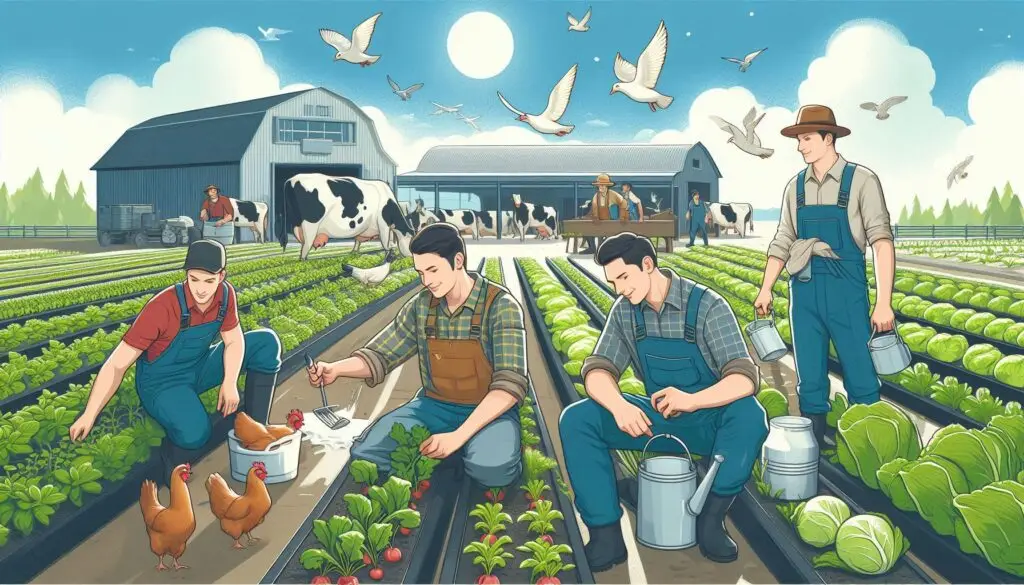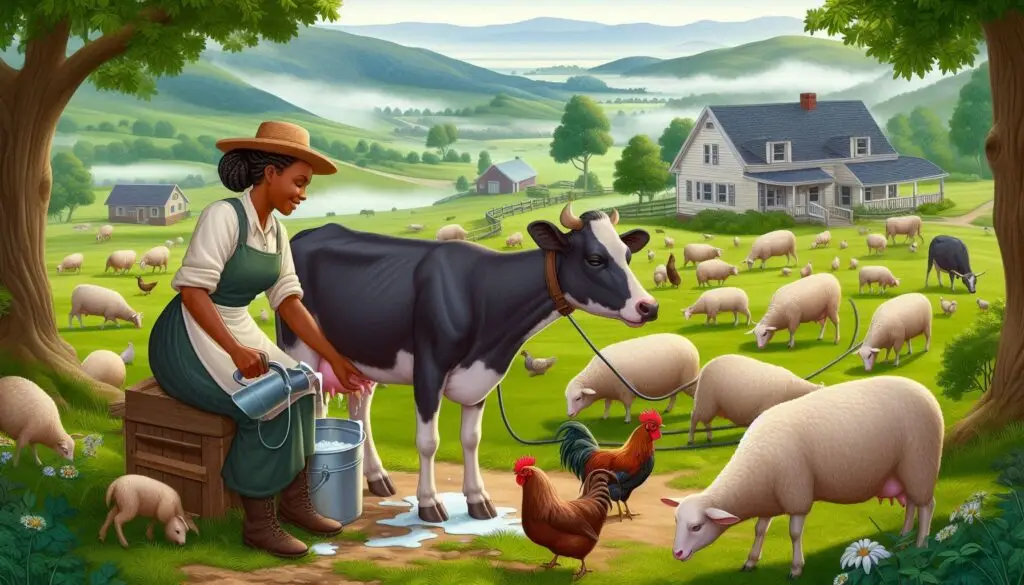Commercial Dairy Farming

Introduction to Commercial Dairy Farming
Commercial dairy farming is a significant agricultural practice that focuses on producing milk and dairy products for sale. This industry plays a crucial role in the global economy, providing employment and sustenance to millions. As consumer demand for dairy products continues to rise, understanding the fundamentals of starting and managing a dairy farm becomes increasingly important.
What is Dairy Farming?
Dairy farming involves raising animals, primarily cows and buffaloes, for milk production. The process includes various activities such as milking, breeding, feeding, and healthcare. It is essential to manage these aspects effectively to ensure high milk yield and quality. For more detailed insights on starting a dairy farm, you can refer to the article on how to start dairy farming by FICSI.
Types of Dairy Farming
Understanding the different types of dairy farming can help potential farmers choose the best approach for their circumstances:
Cow Dairy Farming
This is the most prevalent form of dairy farming in many countries, including India and the United States. Breeds like Holstein, Jersey, and Sahiwal are popular due to their high milk production capabilities.
Buffalo Dairy Farming
Buffalo dairy farming is especially common in South Asia. The milk from buffaloes has a rich fat content, making it ideal for producing traditional products like ghee and curd.
Mixed Dairy Farming
Mixed dairy farming involves raising both cows and buffaloes. This approach diversifies the range of dairy products offered and can enhance profitability.
Starting a Dairy Farm
Starting a dairy farm requires careful planning and substantial investment. Here are some essential steps to consider:
1. Capital Investment
Starting a dairy farm demands significant capital investment. Costs include purchasing land, livestock, infrastructure, and equipment. For new entrants, this high initial expenditure can be daunting.
2. Infrastructure Development
Proper infrastructure is vital for the health and productivity of dairy animals. Key components include:
- Shelters: Designed to protect animals from extreme weather while ensuring proper ventilation.
- Feeding Areas: Ample space for feeding is necessary to maintain animal health.
- Milking Facilities: Efficient milking systems are crucial for maximizing productivity.
3. Choosing the Right Breed
Selecting the right breed is critical for success in dairy farming. High-yield breeds can significantly enhance profitability. Researching breeds that thrive in your local environment can provide valuable insights.
4. Nutrition Management
A balanced diet is essential for maximizing milk production. Dairy cattle require a diet rich in carbohydrates, proteins, fats, vitamins, and minerals. Regular access to clean water is also crucial for maintaining hydration.
5. Health Management
Maintaining animal health through regular veterinary care is vital. Preventive measures against diseases can reduce losses and improve productivity.
For comprehensive guidelines on good dairy husbandry practices, consider reviewing the Handbook of Good Dairy Husbandry Practices by NDDB.
Challenges in Dairy Farming
Despite its potential rewards, commercial dairy farming faces several challenges:
1. Labor Intensity
Dairy farming is labor-intensive, requiring daily effort for feeding, milking, and cleaning. Managing a skilled workforce adds complexity to operations.
2. Market Fluctuations
The prices of milk and dairy products can fluctuate due to market dynamics. Farmers must navigate these changes to maintain profitability.
3. Regulatory Compliance
Dairy farmers must adhere to strict regulations regarding animal welfare and milk safety. Compliance can add costs but is essential for maintaining quality standards.
4. Disease Management
Preventing diseases among livestock is crucial for sustaining production levels. Outbreaks can lead to significant financial losses.
Best Practices in Dairy Farming
Implementing best practices can enhance productivity and profitability in commercial dairy farming:
1. Implementing Modern Technology
Adopting modern technology such as automated milking systems can improve efficiency and reduce labor costs.
2. Sustainable Practices
Incorporating sustainable practices helps protect the environment while maintaining profitability. This includes efficient waste management systems that minimize pollution.
3. Continuous Education
Investing in education about new techniques and technologies keeps farmers informed about best practices in dairy management.
For further reading on good practices in dairy farming, you may refer to the Guide to Good Dairy Farming Practice provided by FAO.
Conclusion
Commercial dairy farming presents both opportunities and challenges. With careful planning and effective management strategies, farmers can create sustainable businesses that meet consumer demand while ensuring animal welfare and environmental responsibility.
More from Livestock Production and Management:
https://wiseias.com/feeding-goats-for-milk-production/
https://wiseias.com/feeding-pregnant-ewes/
https://wiseias.com/feeding-managing-livestock-natural-disasters/






Responses